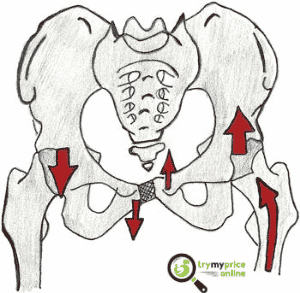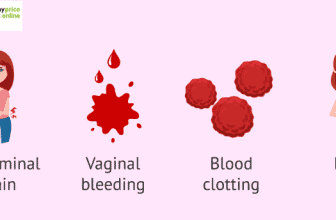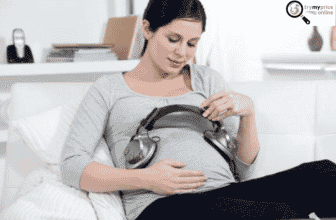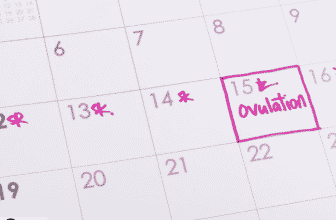
Pelvic pain during pregnancy, Pelvic pain can occur in some pregnant women. Pregnancy-related pelvic girdle pain (PGP) or articular pubis dysfunction are terms used to describe this condition (SPD). PGP is a group of unpleasant symptoms caused by stiffness in your pelvic joints or uneven movement of the joints at the back or front of your pelvis. And here are all details you may need to know about pelvic pain during pregnancy.
Related: Protein creatinine ratio pregnancy calculator and its usage

faint line disappeared on pregnancy test
Pelvic pain during pregnancy
PGP is not harmful to your baby, but it can cause discomfort and make it difficult to move about.
PGP can cause pain in women:
Above the pubic bone in the front, nearly level with your hips, over one or both sides of your lower back,
Between your vagina and anus (perineum), expanding to your thighs
A clicking or grinding sound in the pelvic area may be felt or heard by some women.
It can be even more painful if you’re:
Standing on one leg while walking up or down stairs.
In bed, turn over and move your legs apart.
Most women with PGP are able to give delivery vaginally.
You can download a guide about this case from amazon
So Here we we go and talk about pelvic pain during pregnancy.
Related: Glucose test pregnancy and its importance
PGP treatment options
Getting identified as soon as possible will help keep pain at bay and prevent long-term misery.
You can request a referral to a physiotherapist who specializes in obstetric pelvic joint disorders from your midwife.
Physiotherapy seeks to treat or reduce pain, improve muscular function, and improve the posture and stability of your pelvic joint.
Examples include:
Exercises to improve your pelvic floor, stomach, back, and hip muscles manual treatment to ensure your pelvis, hip, and spine joints operate normally
Guidance and suggestions for water workouts, including postures for labour and birth, infant care, and sex pain treatment,
Including TENS equipment and, if necessary, crutches or pelvic support belts
These issues usually do not improve fully until the baby is born,
Although treatment from an expert practitioner can help to alleviate the discomfort while pregnant.
Related: Bleeding during pregnancy causes and treatment

different types of pregnancy test
Managing pelvic discomfort during pregnancy
A pelvic support belt or crutches may be recommended by your physiotherapist to assist you get around.
Planning your day to avoid things that bring you discomfort can be beneficial.
Do not, for example, go up and down the stairs more than necessary.
This advice is also available from the Pelvic, Obstetric, and Gynecological Physiotherapy (POGP) network:
Within your pain limitations, be as active as possible, and avoid activities that aggravate the pain
When you can ask your family, friends, or spouse, if you have one, to assist you with daily activities, you may rest.
wear supportive, flat shoes
When putting on jeans, for example, sit down instead of standing on one leg.
When getting in and out of the car, keep your knees together.
A plastic bag placed on the seat can assist you in swiveling sleep in a comfortable position,
Such as on your side with a cushion between your legs.
Try different positions in bed, such as turning over with your legs together and squeezing your buttocks,
Or taking the stairs one at a time, or going upstairs backwards or on your bottom.
That was pelvic pain during pregnancy.
Related: Early pregnancy discharge in detail
Pelvic pain during pregnancy

Finally, It’s unclear why some women experience pelvic pain during pregnancy discomfort, although it’s thought to be linked to a number of factors, including previous pelvic injuries, pelvic joints moving unevenly, and the weight or location of the baby.
Related: Pregnancy test calculator week by week
References:







